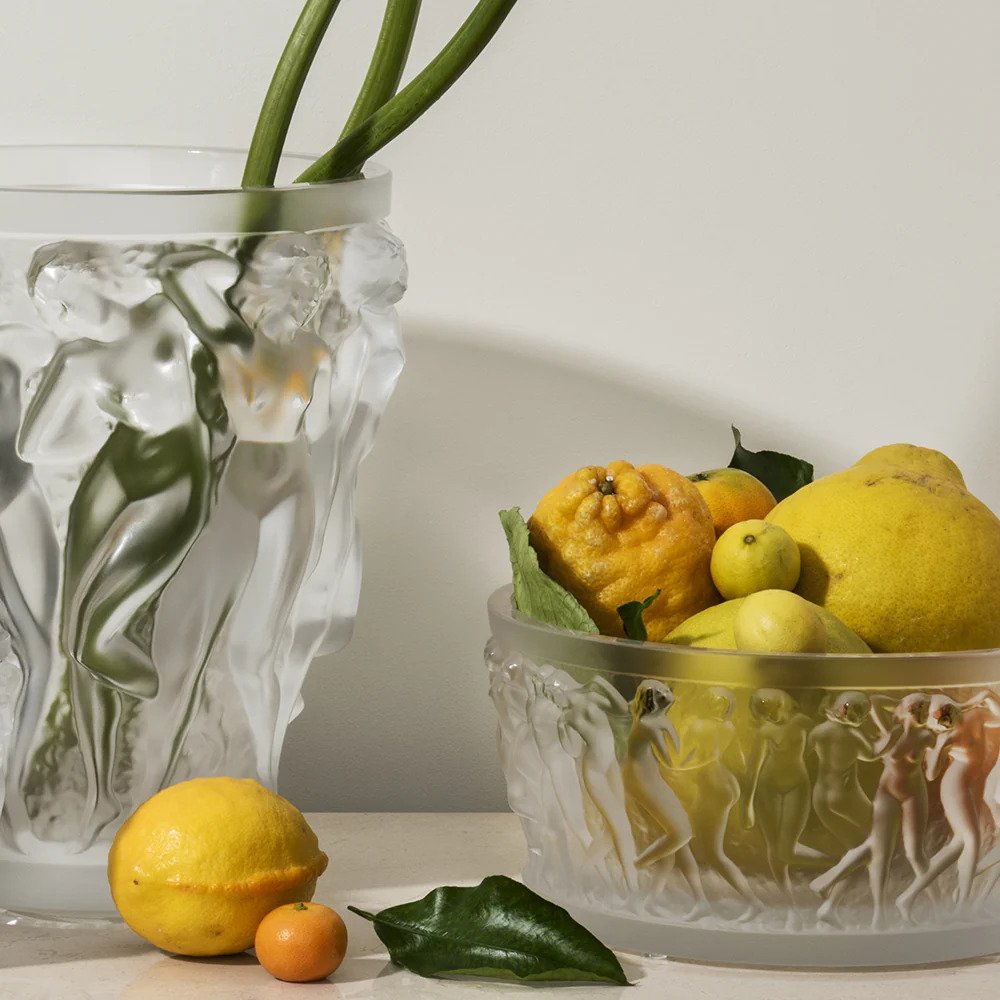
The name Lalique is synonymous with the brilliance of jewelry, the enchantment of transparency, and the radiance of crystal. Originally the name of a visionary artist, René-Jules Lalique, and his creative heirs, it later evolved into a renowned brand. René Lalique, born in Aÿ-en-Champagne, France, was deeply connected to his birthplace. After apprenticing with jeweler Louis Aucoc, attending classes in Paris, and further studies in England, Lalique gained recognition as an independent designer. In 1885, he took over Jules Destape's workshop and later established his own business on Rue du Quatre-Septembre.
Breaking from traditional jewelry-making, Lalique incorporated innovative materials, including semi-precious stones, mother-of-pearl, ivory, and glass. His designs, marked by a unique stamp, gained popularity, leading to the opening of a third workshop. During this period, Lalique experimented with glass, combining it with gold, diamonds, and other materials. René Lalique's work revolutionized jewelry, earning him the title of "inventor of modern jewelry." His creations adorned the elite, and he participated in the 1900 Great Exhibition in Paris, marking a pinnacle in his career.
In 1920, Lalique built the Villa René Lalique in Alsace, now a luxurious hotel and restaurant. That same year, he was named Officer of the French Legion d'Honneur. Since 1922, Lalique's creations have been produced in Wingen-sur-Moder, where the meticulous craftsmanship remains unchanged. The factory, constantly modernized, maintains traditional techniques, emphasizing handwork, molding, and the signature satin-polished finish that combines light and shadow. In recognition of its artistic heritage, Wingen-sur-Moder was awarded the "Ville et Métiers d’Art" label in the same year.

